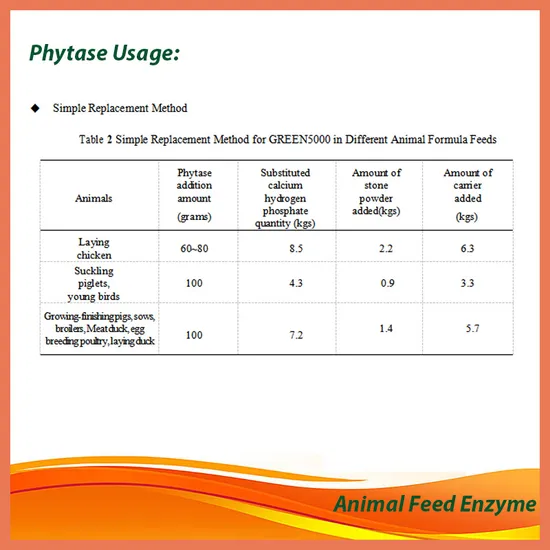
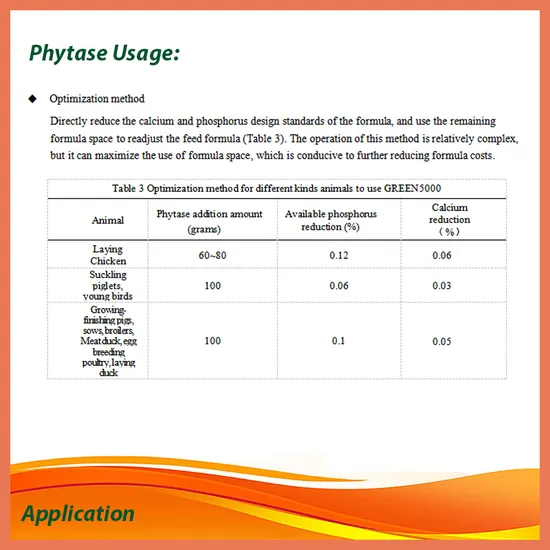
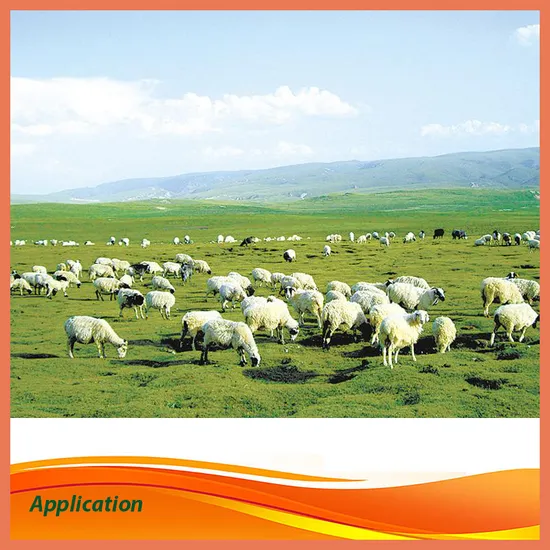
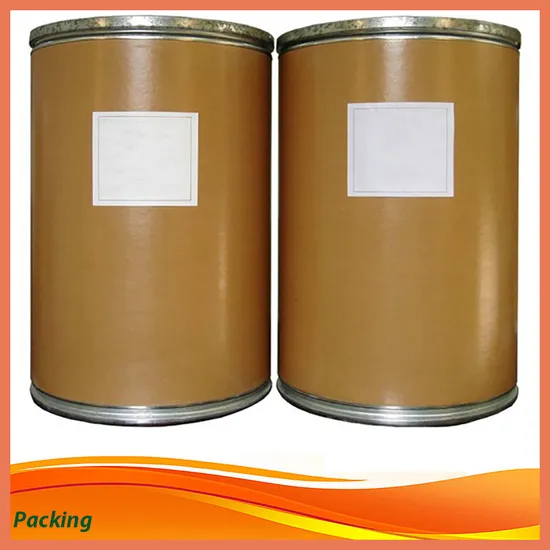
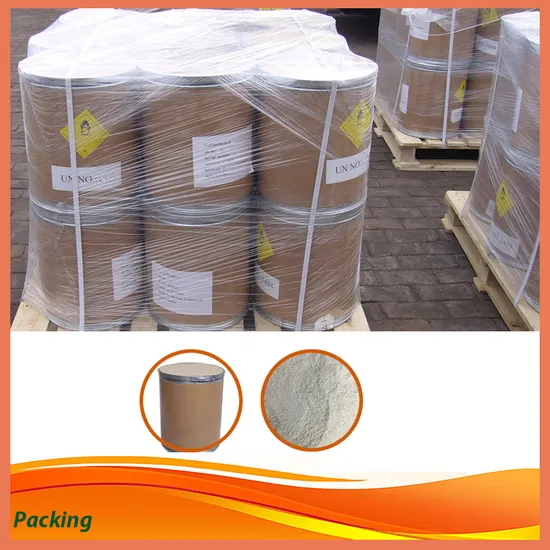

Preview
基本信息产品详情证书
基本信息
| 型号:NO. | 格林5000 |
| 表格。 | 粉末状或液态 |
| 活跃的 | 百分之百 |
| 酶活性 | 每毫升含有10000单位 |
| 样品 | 可用 |
| 功能 | 微量元素的添加剂 |
| 交通总包 | 标准包装 |
| 规格说明 | 每袋重 25 公斤 |
| 商标 | GR |
| 起源 | 中国 |
| 商品编码 | 3507909000 |
| 生产能力 | 一万 |
产品详情
Animal Feed Enzyme Phytase
Phytase is the third generation of phytase, which is a
single enzyme preparation using advanced liquid submerged fermentation technology and
processed by
unique aftertreatment technology. It can hydrolyze phytic acid to release inorganic phosphorus, improve the utilization rate of phosphorus in feed, and reduce the use of inorganic phosphorus sources, and promote the release and absorption of other nutrients, reducing the cost of feed formulation; At the same time, it can also reduce the emission of phosphorus in animal feces and protect the environment. It is a
green and environmentally friendly feed additive.
Formula feed, concentrated feed and premix for various types of animals.
PHYTASE EFFECTS
Significantly improve the biological utilization rate of phytic acid phosphorus in the diet by 40%
-
70%, reduce the use of inorganic phosphorus such as calcium hydrogen phosphate and bone meal, reduce the cost of feed formulation, reduce dust pollution of calcium hydrogen phosphate, and reduce the possibility of calcium hydrogen phosphate fluorosis or microbial contamination of bone meal.After reducing the amount of calcium hydrogen phosphate added, use the remaining formula space to increase the amount of low-price raw materials, reduce the amount of high-price raw materials used, or use formula software to optimize nutrients to further reduce formula costs.Improve the biological utilization rate of mineral elements, protein, amino acids, starch, etc. in feed.Increase the average daily weight gain (2% -
10%) and average food intake of livestock and poultry, and improve production performance.Reduce phosphorus excretion by about 50% to protect the environment.
Phytic acid and its anti nutritional effects
Phytic acid is a
chemical
compound
combined by
phosphate radical and inositol,
it
is widely found in plant feeds. It is the main storage form of phosphorus in plant seeds. The phosphorus stored in the form of phytic acid in grains and oilseeds accounts for 50% to 80% of total phosphorus (Table 1). Due to the fact that phytase is hardly secreted in the digestive tract of animals, phytate phosphorus cannot be decomposed into inorganic phosphorus for use. This phosphorus in the form of phytic acid is not only not used by animals, but also can affect the digestion and absorption of other nutrients, posing a
serious threat to the environment.
(China Feed Database 19th
edition, 2008)
Properties of Phytase
Advanced
enzyme bacteria
Green phytase is the third generation phytase, developed by our company in cooperation with famous universities abroad.2. Advanced production technology and equipments
Advanced liquid submerged fermentation technology (Figure 1) and equipment (Figure 2), with unique aftertreatment processes.
Phytase is the third generation of phytase, which is a
single enzyme preparation using advanced liquid submerged fermentation technology and
processed by
unique aftertreatment technology. It can hydrolyze phytic acid to release inorganic phosphorus, improve the utilization rate of phosphorus in feed, and reduce the use of inorganic phosphorus sources, and promote the release and absorption of other nutrients, reducing the cost of feed formulation; At the same time, it can also reduce the emission of phosphorus in animal feces and protect the environment. It is a
green and environmentally friendly feed additive.
Formula feed, concentrated feed and premix for various types of animals.
PHYTASE EFFECTS
Significantly improve the biological utilization rate of phytic acid phosphorus in the diet by 40%
-
70%, reduce the use of inorganic phosphorus such as calcium hydrogen phosphate and bone meal, reduce the cost of feed formulation, reduce dust pollution of calcium hydrogen phosphate, and reduce the possibility of calcium hydrogen phosphate fluorosis or microbial contamination of bone meal.After reducing the amount of calcium hydrogen phosphate added, use the remaining formula space to increase the amount of low-price raw materials, reduce the amount of high-price raw materials used, or use formula software to optimize nutrients to further reduce formula costs.Improve the biological utilization rate of mineral elements, protein, amino acids, starch, etc. in feed.Increase the average daily weight gain (2% -
10%) and average food intake of livestock and poultry, and improve production performance.Reduce phosphorus excretion by about 50% to protect the environment.
Phytic acid and its anti nutritional effects
Phytic acid is a
chemical
compound
combined by
phosphate radical and inositol,
it
is widely found in plant feeds. It is the main storage form of phosphorus in plant seeds. The phosphorus stored in the form of phytic acid in grains and oilseeds accounts for 50% to 80% of total phosphorus (Table 1). Due to the fact that phytase is hardly secreted in the digestive tract of animals, phytate phosphorus cannot be decomposed into inorganic phosphorus for use. This phosphorus in the form of phytic acid is not only not used by animals, but also can affect the digestion and absorption of other nutrients, posing a
serious threat to the environment.
(China Feed Database 19th
edition, 2008)
Properties of Phytase
Advanced
enzyme bacteria
Green phytase is the third generation phytase, developed by our company in cooperation with famous universities abroad.2. Advanced production technology and equipments
Advanced liquid submerged fermentation technology (Figure 1) and equipment (Figure 2), with unique aftertreatment processes.
Preview
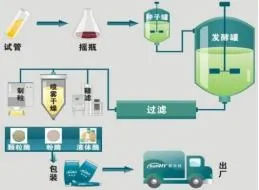
Preview
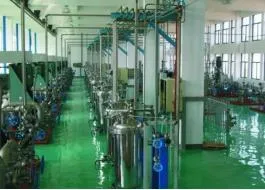
Preview
FIGURE1
PHYTASE FERMENTATION TECHNOLOGY
FIGURE 2
FERMENTATION EQUIPMENT
The optimum pH is 2.2-6.0, pH is 2.2-6.5 (Figure 3) when relative enzyme activity>50%, it has high activity in the crop and anterior stomach of
poultry (pH 4-5) and in the stomach of pigs (pH 3-4, full of food).
PHYTASE FERMENTATION TECHNOLOGY
FIGURE 2
FERMENTATION EQUIPMENT
The optimum pH is 2.2-6.0, pH is 2.2-6.5 (Figure 3) when relative enzyme activity>50%, it has high activity in the crop and anterior stomach of
poultry (pH 4-5) and in the stomach of pigs (pH 3-4, full of food).
Preview
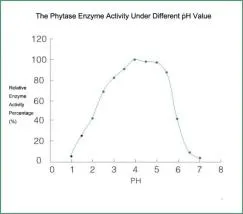
Preview
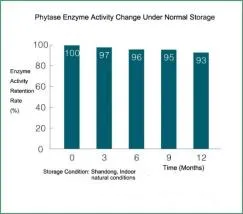
Preview
FIGURE 3
PHYTASE ENZYME ACTIVITY CHANGE UNDER DIFFERENT pH VALUE
FIGURE 4
PHYTASE STORAGE STABILITY
PHYTASE ENZYME ACTIVITY CHANGE UNDER DIFFERENT pH VALUE
FIGURE 4
PHYTASE STORAGE STABILITY
Preview
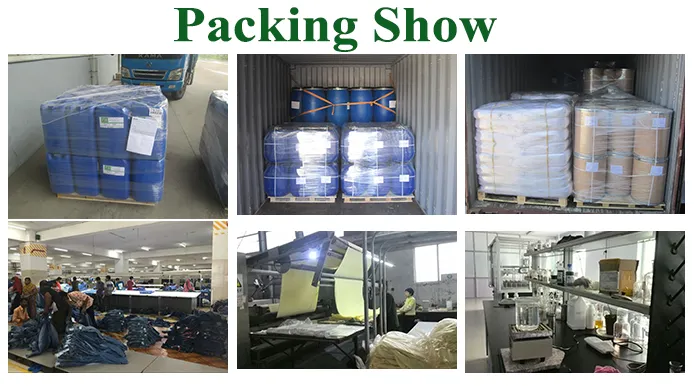
Preview
Exhibition Show
Preview

Preview

Preview
证书
标题:ECO PASSPORT

Preview


 淄博
淄博  已认证
已认证
